In 2013, the British photographer Jimmy Nelson published his first monograph, a 400-page photo book titled “Before They Pass Away.” His subjects were shot in some of the world’s most remote wildernesses, showing us, in monumental fashion, the lives and cultures of some of the world’s most isolated and ancient indigenous communities.
“The motivation is very simple,” photographer Jimmy Nelson told Popular Photography. “It is to iconize fragile and remote, disappearing cultures and tribes, and put them on a pedestal. And to look at them in a way that we look at ourselves and we regard ourselves as being important.”
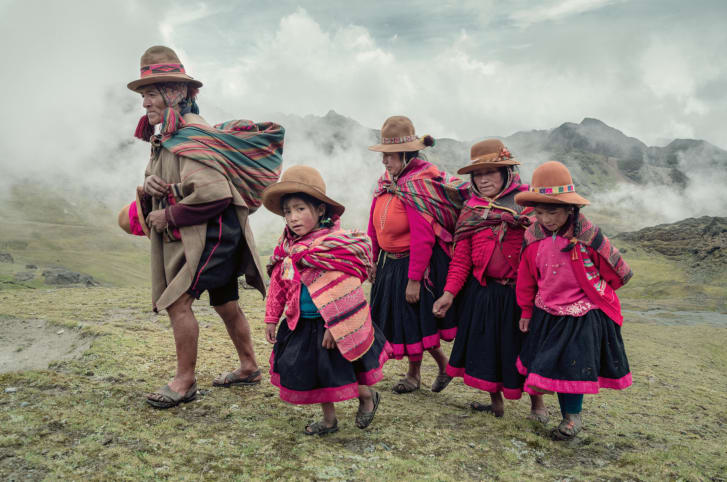
His book sold more than 250,000 copies worldwide. Prints were sold for many tens of thousands of dollars. His exhibitions made headlines the world over, with reactions spanning from the laudatory to the appalled.
In an essay in the American magazine Truthout, Stephen Corry, a British indigenous rights activist and director of Survival International (an advocacy group for tribal peoples), wrote that Nelson’s “claim that (‘Before They Pass Away’ is) the ‘irreplaceable ethnographic record of a fast disappearing world’ is wrong — from pretty much every angle … (They are) just a photographer’s fantasy, bearing little relationship either to how these people appear now, or how they’ve ever appeared.”
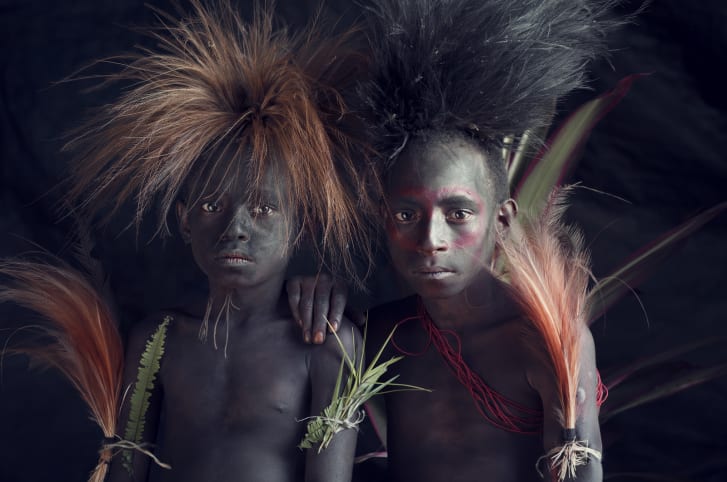
Nixiwaka Yawanawá, an affiliate of Survival International from the Yawanawá tribe in Brazil, held a protest outside the exhibition at London’s Atlas Gallery. Davi Kopenawa, a spokesman for Brazil’s Yanomami tribe, told the organization: “This man only wants to force his own ideas on the photo … He does whatever he wants with indigenous peoples.”
Nelson also received criticism from fellow photographers. Timothy Allen, a veteran photographer for the BBC’s Human Planet, said, “The patronizing and self-aggrandizing narrative behind ‘Before They Pass Away’ is literally painful to watch.”
Now, Nelson has returned with his latest project, “Homage to Humanity,” which shares new images he has taken of indigenous communities around the world, from Siberia to South Sudan.
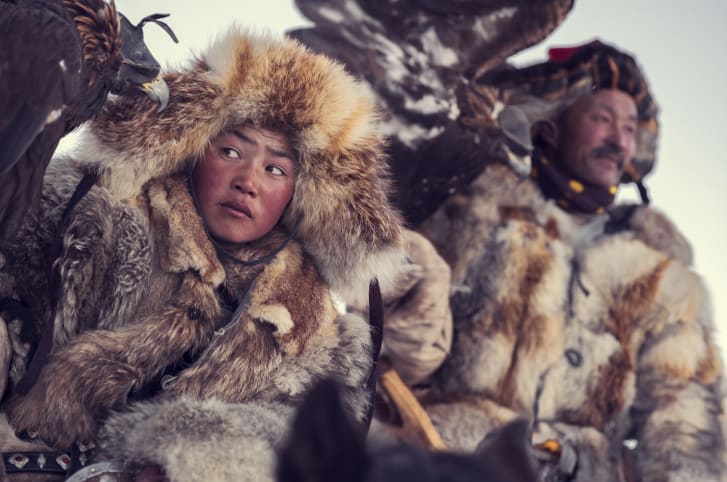
He spent weeks with the Tsaatan tribe, Mongolia’s last surviving reindeer herders, who live in the world’s most remote subarctic forest. He took the portrait of the Chukchi, whom live in the treeless tundra of the Russian Arctic, where conditions can drop below -50 Celsius. He photographed the Drokpa in the valley of Ladakh in Kashmir, the Ni-Vanuatau of the Republic of Vanuatu, a chain of 83 islands in the south-west Pacific Ocean, and a tribe from the Omo Valley in the deserts of southwest Ethiopia.
This new monograph fed directly from the criticisms he received after the release of “Before They Pass Away.”
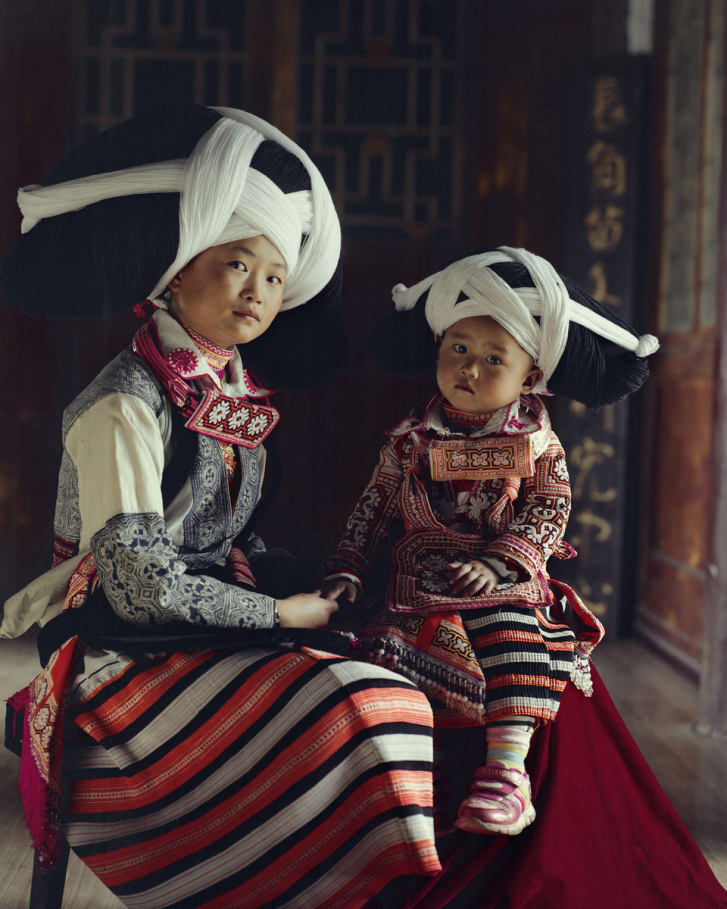
Nelson’s reaction was to go further, to create a body of work that was even more elevated. “I decided to create something with even more of a visual signature,” he says. “I was actively trying to make the images more artistic and romantic, iconic and even naive. I am open and transparent about that.”
But it also inspired a process of introspection, a better understanding of why, over 30 years, he has restlessly and compulsively journeyed to photograph the world’s most isolated and ancient communities.
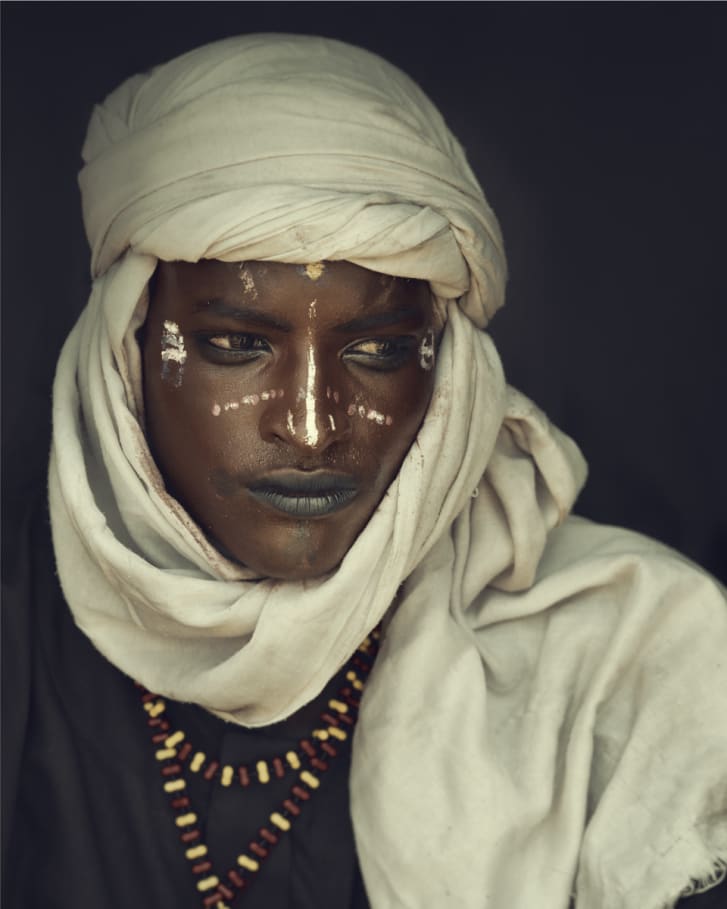
Nelson says he originally understood his drive to be one of recognition, a mission to acknowledge and document the cultures that are falling away at the edges of an increasingly globalized and connected human race.
He now realizes there is something more complex at play. Today, he links his photography to the sexual abuse he said he suffered as a child while in school. He said that for much of his life he dealt with the trauma of these experiences privately without ever fully being able to understand them, and that his photographs of indigenous communities were for many years a compulsive form of self-therapy.
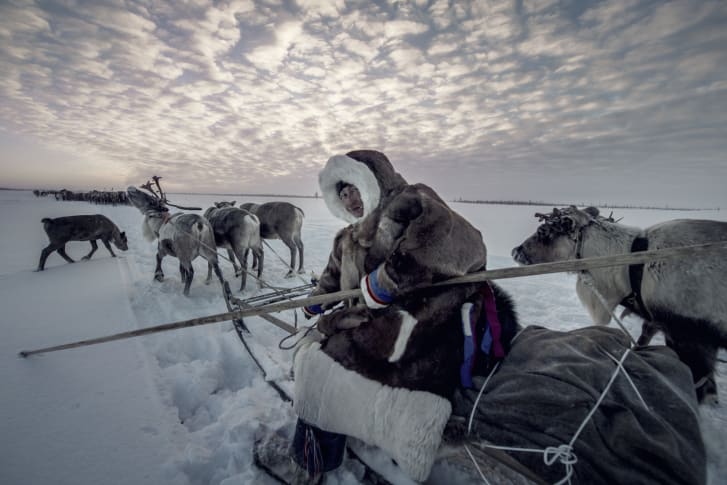
“When that happens to you, you come to hate your body,” Nelson says. “You hate your body, you hate your mind, you hate your face. You choose to either die or come back to life. I decided to do that by finding empathy with human beings that I didn’t feel would judge me.”
After finishing school at 17, he bought a one-way ticket to China and spent two years in Tibet. The photographs he took were published by National Geographic. Nelson has never really stopped traveling since, spending the following decades actively seeking out and connecting with indigenous communities of people who, to most of us, will forever remain remote.
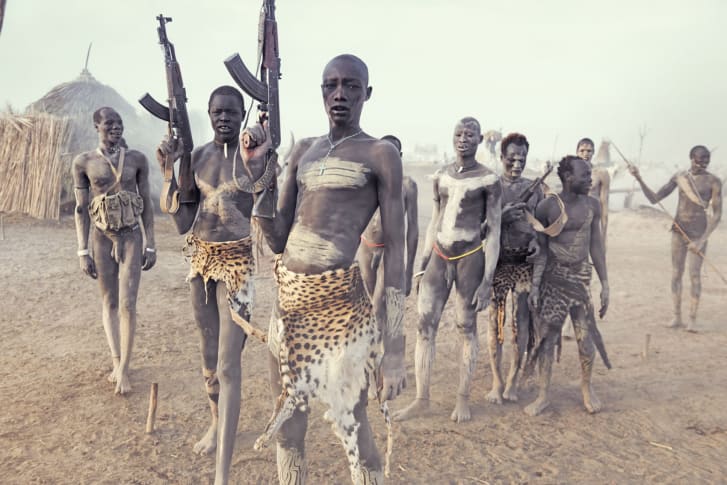
But Nelson has also listened to his critics. “I wanted to give more of a voice to the subjects — their dreams and their opinions and their worldview,” he said. “I’m trying to make the discussion much more transparent. And in doing so, I’m trying to make myself more vulnerable.”
To that end, he presented “Homage to Humanity” not only as a traditional photo book, but also a digital app. Every photograph in the book contains codes readable by the app, allowing Nelson’s photographs to come to life with interviews, films, audio and further information about each tribe in question. All the material is also freely available on his website.
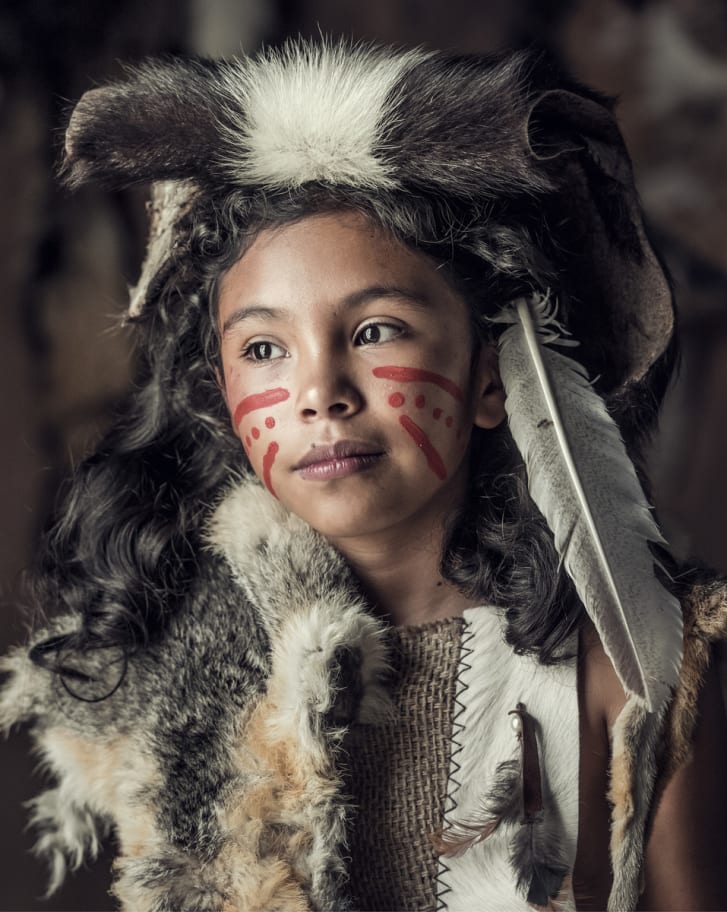
“Only when you are questioned and harangued do you go deeper into yourself,” he said. “(‘Homage to Humanity‘) is in some ways an exploration of my own life.”
They are, in many ways, self-portraits. “Any form of artistic journey is a manic journey, an obsessive journey,” he says. “There are elements of madness involved in it. That is the case here.”
Credit: Source link